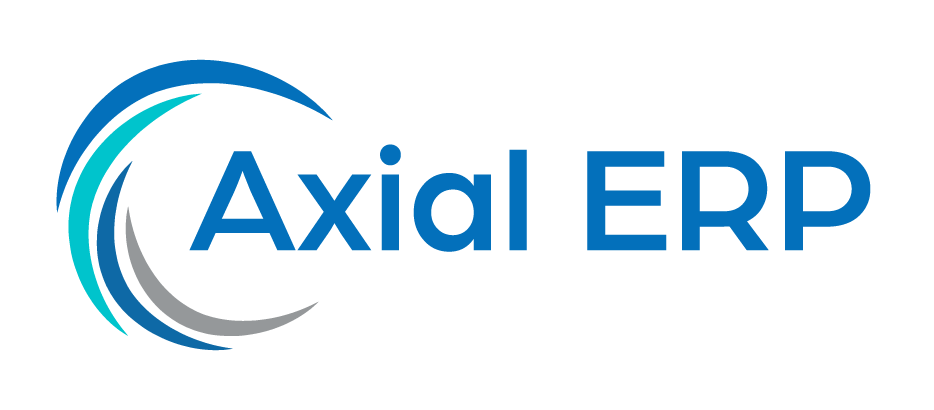Strategies for Integrated Financial Planning and Analysis (FP&A) in ERP Systems
Integrated financial planning and analysis, known as FP&A for its acronym in English (Financial Planning & Analysis), are critical processes for companies seeking efficient and effective financial management. The integration of FP&A into enterprise resource planning (ERP) systems represents a significant evolution in how organizations handle their finances. In this article, we will explore how the integration of FP&A into ERP systems can be approached, highlighting best practices and key considerations.
Understanding the Importance of FP&A in ERP
Before diving into integration strategies, it is essential to understand the role that FP&A plays within ERP systems. FP&A involves the combination of budgeting, forecasting, financial modeling, and analysis to support senior management’s decision-making. By integrating FP&A into an ERP system, companies can gain a holistic view of their financial performance, facilitating data-driven decision-making.
Key Components of an Integrated FP&A System
An effective FP&A system integrated into an ERP should include several key components:
- Budgeting and Forecasting: Tools that allow for the creation of detailed budgets and financial projections.
- Financial Modeling: The ability to build complex financial models that reflect the operational reality of the company.
- Reporting and Analysis: Functionality that enables the generation of financial reports and in-depth analysis.
- Data Integration: The ability to integrate data from various sources and systems to provide a unified view.
Steps for Integrating FP&A into ERP
Integrating FP&A into an ERP system is a process that requires careful planning and execution. The following steps can help ensure successful integration:
- Definition of Requirements: Identify the specific needs of the company in terms of financial planning and analysis.
- Selection of an Appropriate ERP System: Choose an ERP that offers the necessary functionalities to support FP&A processes.
- Gradual Implementation: Adopt a step-by-step approach to implementation, ensuring that each component functions correctly before moving forward.
- Training and Support: Provide adequate training to staff and ensure ongoing technical support.
- Monitoring and Continuous Improvement: Establish performance metrics to monitor the effectiveness of the system and make continuous improvements.
Challenges and Solutions in Integrating FP&A into ERP
Integrating FP&A into an ERP system can present various challenges, such as resistance to change from staff, data complexity, and the need for system customization. To overcome these obstacles, it is important to:
- Change Management: Develop a change management plan to facilitate the transition and gain staff acceptance.
- Data Quality: Ensure the cleanliness and accuracy of the data to be incorporated into the ERP system.
- Customization and Flexibility: Work with ERP providers that offer customizable and flexible solutions that adapt to the specific needs of the company.
Conclusions
Integrating FP&A into ERP systems is a step forward in the evolution of enterprise financial management. By following a structured approach and being prepared for inherent challenges, companies can significantly improve their financial planning and analysis capabilities. This not only optimizes decision-making but also contributes to the long-term success and sustainability of the organization.
Final Words
Implementing an integrated FP&A system in an ERP is an investment that can transform how a company performs its financial planning and analysis. With the right strategies and considerations, organizations can unlock the true potential of their financial data and confidently move towards their business objectives.



